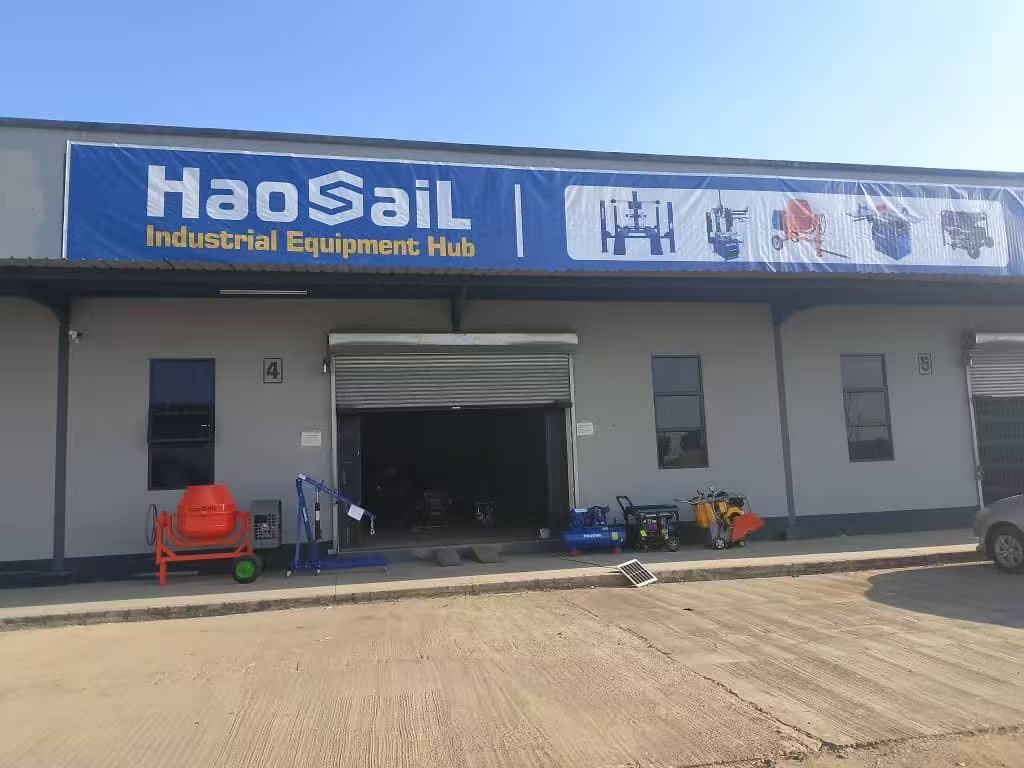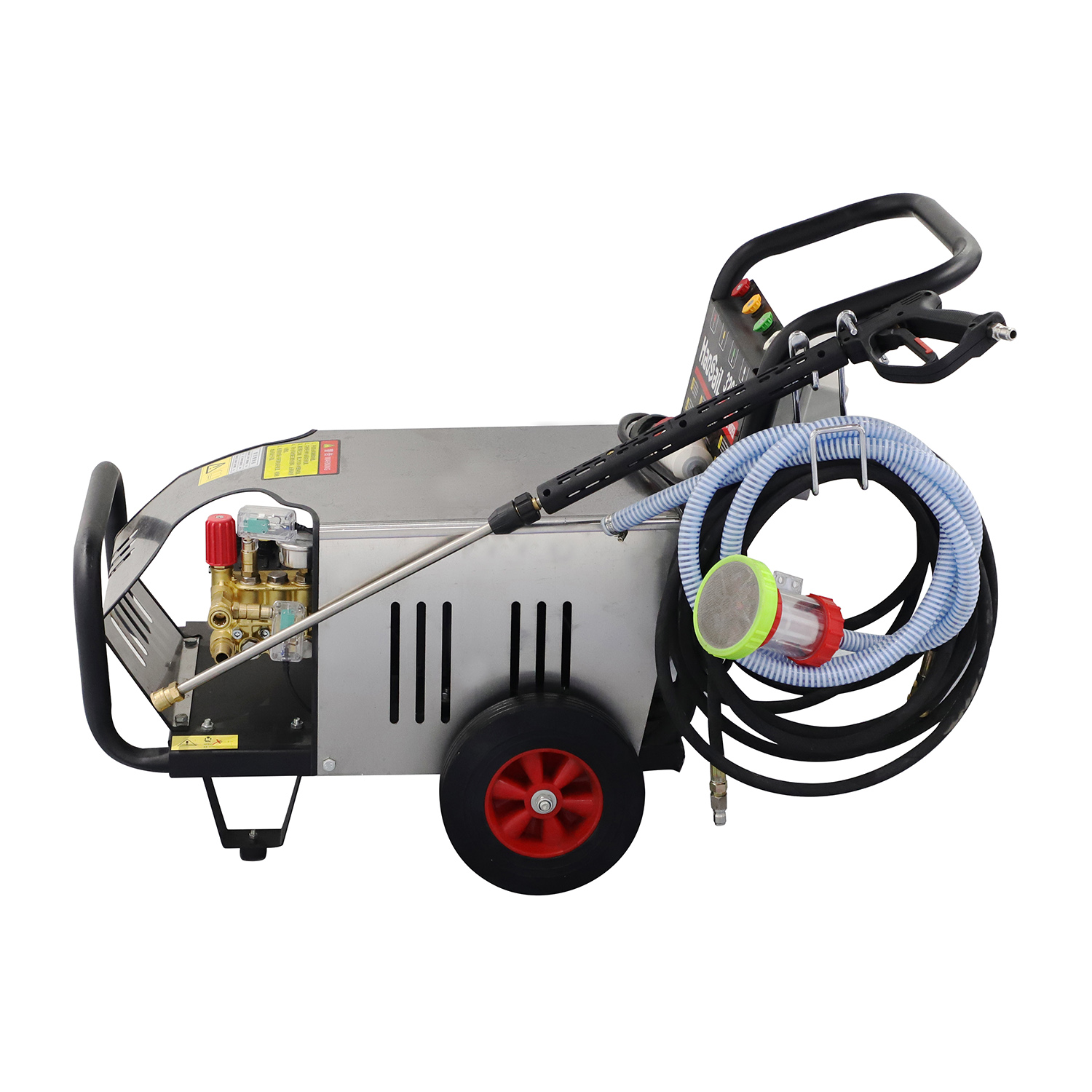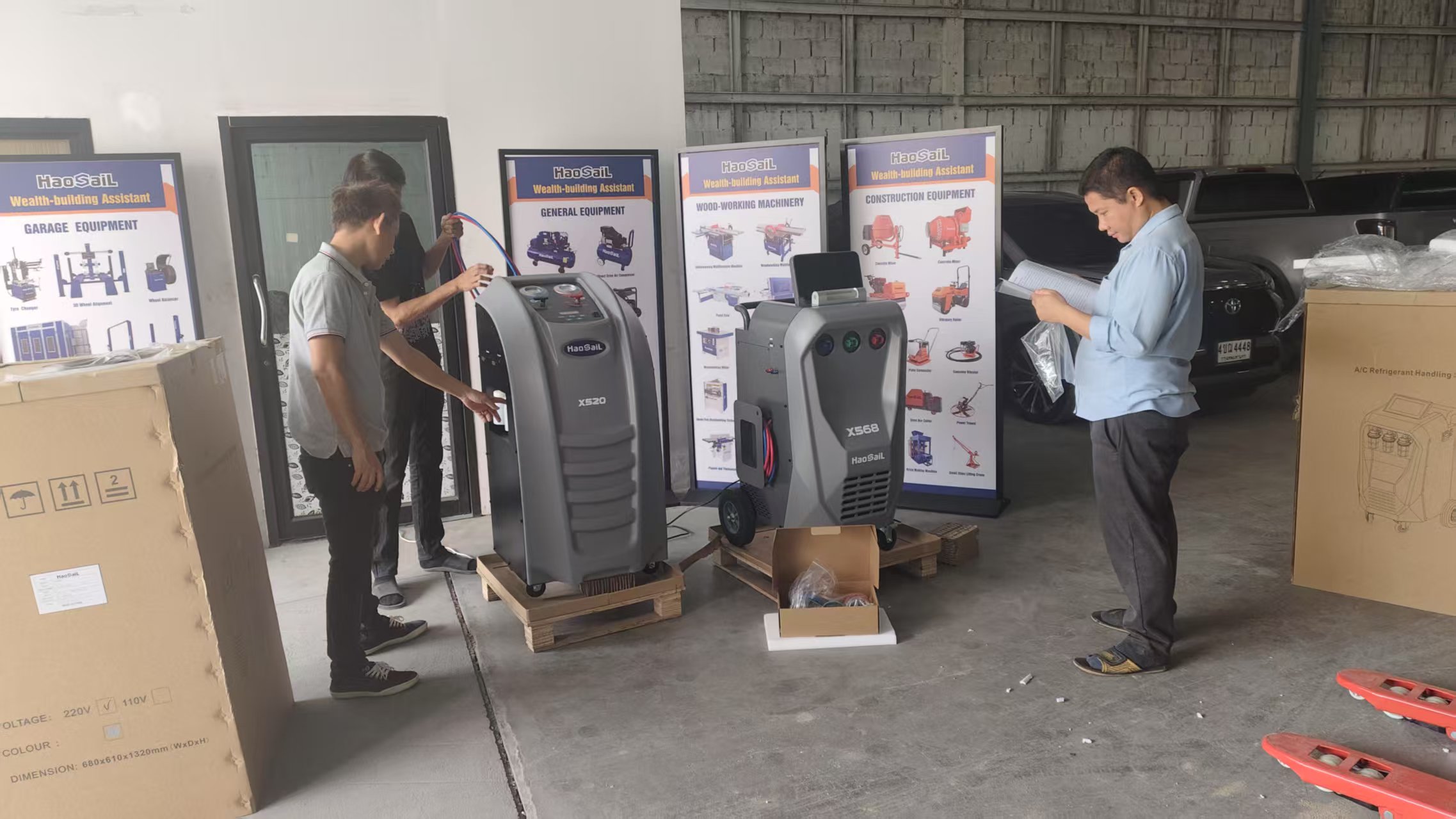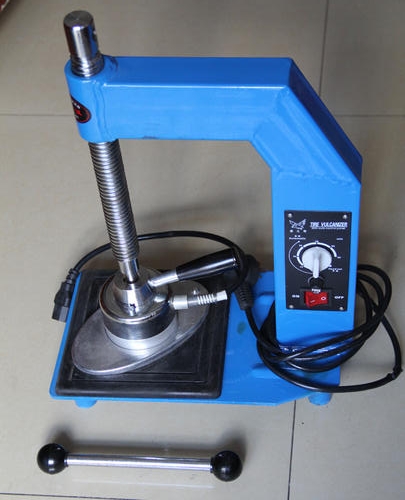
Aug 27, 2025

Aug 12, 2025

Jun 04, 2025

May 30, 2025
B4, Qingdao High-Tech Zone, No. 17 Songyuan Road, Qingdao.
+86 13864822549
Haosail Tyre Vulcanizer- The principle of the tire repair machine/high-temperature vulcanizing machine is used for the repair of car outer tires or inner tubes. At the tire damage site, a rubber block is added, and through constant high temperature, the rubber block is fully integrated and vulcanized with the tire to repair the damaged tire.
Haosail currently has three models of tyre vulcanizer:
SK-200
1. Automatic temperature control; Screw-type pressure tightening;
2. Features include power-on signal indication, power short circuit protection, and the option of constant on or any timing within 15 minutes;
3. Advantages: Easy to control and operate.
4. Mainly suitable for various models of inner tubes, small outer tires, and vacuum tires.
5. Input Voltage: 110V or 220V
6. Input Power: 500W
7. Temperature Range: 145-165℃
8. Maximum Repair Area: 120×80mm2
AJD-II
The temperature of tyre vulcanizer is adjusted by a pointer-type temperature controller, which is precise and stable, and can be heated from the top and bottom with separate switch control. It uses screw-type pressure tightening, with a handle on the upper mold for auxiliary operation, and the repair position is adjusted by sandbags, with signal lights indicating both heating and temperature holding. Features include power-on signal indication, power short circuit protection, and the option of constant on or any timing within 120 minutes.
Applicable Scope: Various models of inner tubes and medium and small outer tires and vacuum tires.
Input Voltage: 220V
Input Power: 450W×2
Ideal Temperature Range: 145-175℃
Adjustable Range: 0-300 degrees
Maximum Repair Area: 80×70mm2
The tyre vulcanizer plays a crucial role in the tire repair process. Its main function is to ensure that the repair material (rubber compound) can flow fully and fill the tire's damaged area evenly. Here are some key roles of the tyre vulcanizer in the tire repair process:

Promoting rubber flow: The tyre vulcanizer provides the necessary heat and pressure to make the rubber compound flow easily at high temperatures, ensuring that the rubber can fully enter and fill the tire's wound.
The role of pressure: Appropriate pressure is crucial for the flow of the rubber compound. During the vulcanization process, pressure helps the rubber to fill and compact the wound better, ensuring no air bubbles or gaps between the repair area and the original tire material.
Enhancing adhesion: The pressure and heat applied by thetyre vulcanizer help improve the adhesion between the rubber compound, patch, and tire body. This adhesion is key to the durability and reliability of the repair.
Improving the fatigue resistance of the rubber compound: During the vulcanization process, as the pressure increases, raw rubber penetrates deeper into the patch and tire body, which not only enhances the adhesion but also improves the fatigue resistance of the rubber compound, that is, the durability of the rubber compound under repeated deformation.
Enhancing physical and mechanical properties: The pressure applied during the vulcanization process helps improve various physical and mechanical properties of the rubber compound, including elasticity, tear resistance, aging resistance, hardness, wear resistance, heat resistance, fatigue resistance, and tensile strength. These improvements are crucial for ensuring that the repaired tire can withstand various stresses and strains in daily use.
Promoting chemical reactions: The tyre vulcanizer also helps promote chemical reactions in the rubber compound, which are essential for forming a stable three-dimensional network structure. This structure endows the rubber compound with the required physical properties.
Ensuring repair quality: By precisely controlling the temperature and pressure during the vulcanization process, the tyre vulcanizer ensures that the rubber compound in the repair area is uniformly vulcanized, providing consistent repair quality.
In summary, the tyre vulcanizer is an indispensable piece of equipment in the tire repair process. It provides the necessary heat and pressure to ensure that the repair material is closely integrated with the tire body, thereby extending the service life of the tire and ensuring driving safety.